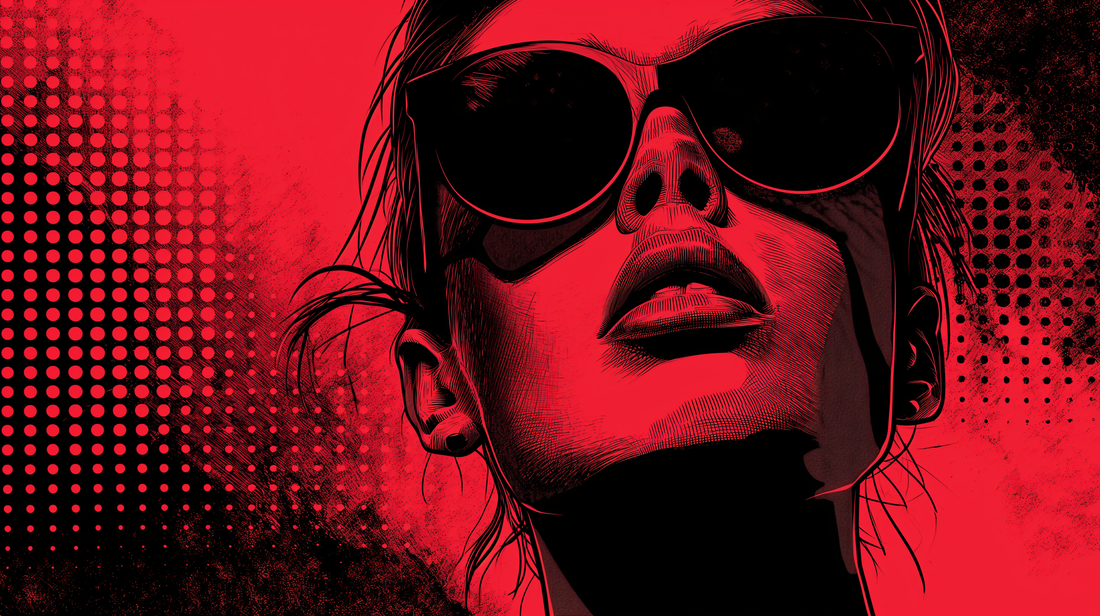Mastering DTF Transfers with Halftones and Blackout Effects

Design Principles for Effective DTF Transfers: Emphasizing Halftones and Blackout Effects
Introduction
To achieve visually striking and high-quality DTF prints, certain graphic design techniques are pivotal. Among these, using halftones and blackout effects can significantly enhance the final print.
Incorporating Halftones for Texture and Depth
-
Understanding Halftones:
- Halftones create a gradient or shading effect by varying the size and spacing of dots. They are ideal for adding depth and texture to your DTF designs.
-
Application in DTF:
- Use halftones to simulate gradients, especially since DTF printing might not always reproduce smooth gradient transitions.
-
Design Software Tips:
- Tools like Adobe Photoshop can be used to convert images into halftone patterns. Experiment with dot size and frequency to achieve the desired effect.
Utilizing Blackout Effects for Contrast and Clarity
-
Blackout Technique:
- This involves adding a solid or semi-solid dark layer behind the main design elements. It enhances contrast, making your design pop on various fabric colors.
-
Benefits for DTF Printing:
- Blackout effects can help overcome issues of color absorption in lighter fabrics, ensuring that the design remains vibrant and clear.
Watch Our Video Tutorial
Ready to take your DTF designs to the next level? Check out our detailed video guide on using halftones and blackout effects for stunning results!
